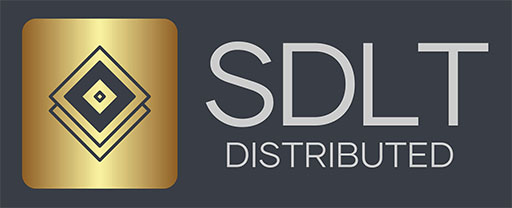Bank of England invites firms to demo central bank money on external DLTs – Ledger Insights – blockchain for enterprise

The Bank of England and the London branch of the BIS Innovation Hub (BISIH) are launching the DLT Innovation Challenge. It has a novel aim of demonstrating the usage of central bank money on third party ledgers. This contrasts with most central banks, which prefer to operate central bank digital currencies (CBDC) on ledgers where they have 100% control.
The Challenge will take place in September and October, with applications open until 23 July. It’s looking for local or international participants, including those with experience of stablecoin issuance.
Today most high value transactions are settled with central bank money. As more securities move onto DLT, there’s a question of what will be used for settlement, with central banks having a clear preference. But in the short term the decision may be based on what’s available: stablecoins, tokenized deposits, a connection to the conventional wholesale settlement system, or a wholesale CBDC (wCBDC). If tokenized deposits are available on-chain but central bank money is not, that could swing the decision. The UK’s position differs from many jurisdictions in this regard because there’s Fnality, the DLT-based wholesale payments system, which enables on-chain settlement using central bank reserves. It’s backed by 20 global institutions.
From a practical perspective, the maximum benefits from DLT are achieved with the swapping of assets on the same ledger. So ideally the settlement of a digital security is with on-chain cash. As soon as you have to make a payment with a wCBDC on a separate ledger, some type of blockchain interoperability is required, which is suboptimal.
DLT Innovation Challenge aims
Building on these considerations, the high level aim of the Challenge is to answer the question: “Can wholesale central bank money be transacted and settled on an external programmable ledger which the Bank of England does not control, and where trust is not inherent.”
The Bank and the BISIH want to see whether DLT can support:
- settlement finality and security
- scalability
- network and asset control, and
- interoperability.
Despite a preference for central banks to control the ledger, the first wholesale CBDC used in a production environment is issued on a ledger controlled by the SIX Digital Exchange. However, SIX isn’t just any random company – it also operates the SIC real time gross settlement system, so there’s a history of considerable trust between the Swiss National Bank and SIX. The Bank of England wants to explore environments where there’s potentially less trust.
This initiative fits in with the Bank’s current exploration of various options for central bank money payments, including a synchronization solution between its real time gross settlement system and blockchains. Another potential option is a wCBDC on a unified ledger which also hosts other assets such as securities.
